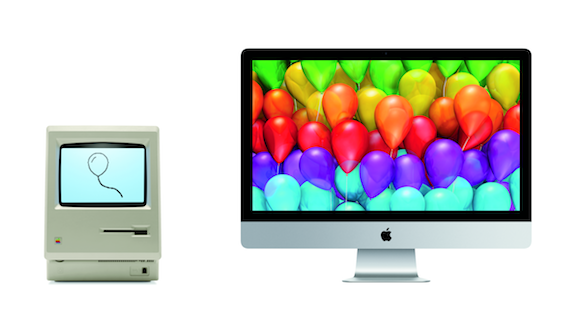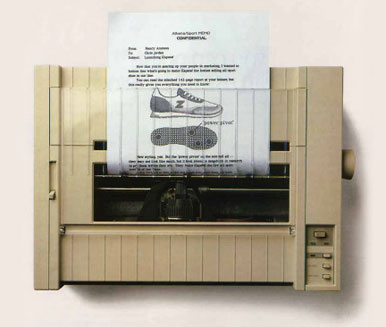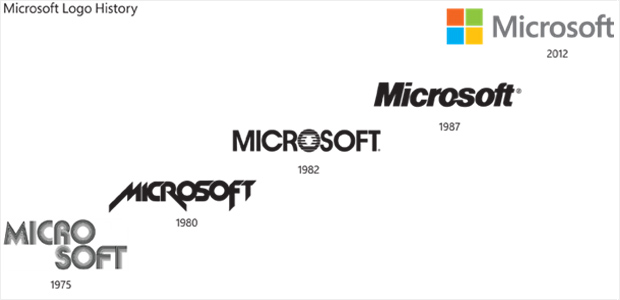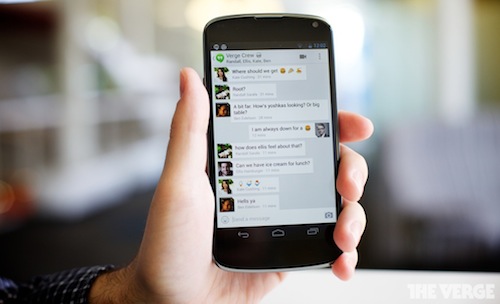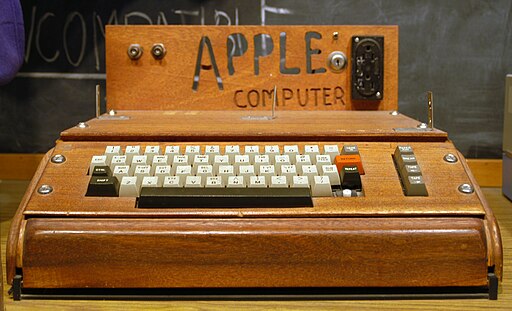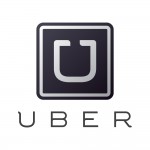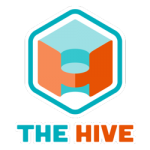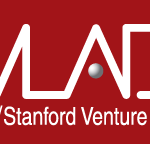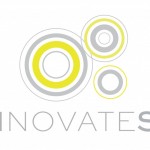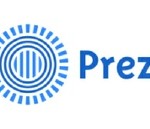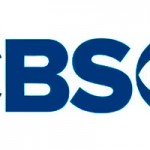In a brief burst of nostalgia after Microsoft announced they are going to buy Nokia, I thought of all the beloved Nokia phones I’ve owned. I searched them all on the web and put together this list.
- 1999 – Nokia 3210
- 2003 – Nokia 6210 black
- 2003 – Nokia 6310i silver
- 2005 – Nokia 6320 black
- 2005 – XDA II mini Microsoft Windows Mobile 2003 SE PocketPC
- 2006 – Nokia 6280 black
- 2007 – Nokia N95
For each of the there is a little story. Let’s start with my first mobile phone.
My first mobile phone
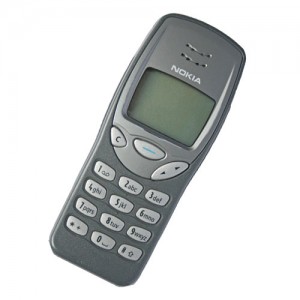 Before getting my first mobile phone I belonged to the people who were offended by those who needed to be reachable wherever they go. I was convinced it was rude that they’d be talking on their phone in a bar, on the street, wherever that wasn’t a good old phone booth or their cosy home.
Before getting my first mobile phone I belonged to the people who were offended by those who needed to be reachable wherever they go. I was convinced it was rude that they’d be talking on their phone in a bar, on the street, wherever that wasn’t a good old phone booth or their cosy home.
But then I moved to Stockholm for my exchange year and the mobile phone suddenly seemed like a great idea. Sweden was way ahead of Switzerland in mobile phone adoption (there was a cell phone network in the underground in 1999!) and Ericsson was one of the leading mobile phone manufacturers and network technology providers.
But phone-wise I preferred the Finns. I walked into one of those mobile phone shops and saw all these things with the ugly antennas peeking out from the top. All but one: the Nokia 3210 – no visible antenna, one of the first phones with a T9 dictionary for predictive texting and the software was really intuitive and easy to use.
I was sold, especially on the design. It seems I wasn’t the only one! This phone went on the become the number two most sold mobile phone in the world with 160 million phones sold. Wow! And boy was it sturdy: innumerable drops survived and thousands of texts written later I only abandoned it when my first employer gave me a business phone in 2003.
Entering business life
Entering business life brought about a real business phone. At first a temporary device, the Nokia 6210, that had been owned by a consultant before me. Since neither he nor the IT department had cleaned up the device, the phone was full of old texts to and from his girlfriend. Talk about privacy! I had this phone just for a couple of months, while I was waiting for my new communication companion for many years: the business brick, the never out-of-battery-power and indestructible Nokia 6310i.
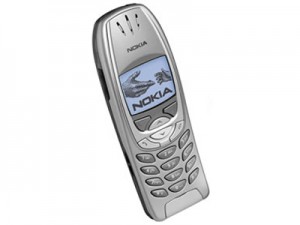
If flying to the moon with a mobile phone made sense, you’d be flying to the moon with the Nokia 6310i – the Omega Speedmaster of the mobile phones. In 2003 I already hooked up my laptop and my Palm to the internet with this phone. Over an infrared connection, mind you, because laptops didn’t do Bluetooth yet.
If flying to the moon with a mobile phone made sense, you’d be flying to the moon with the Nokia 6310i – the Omega Speedmaster of the mobile phones.
But the most incredible feature? Unf***ingbelievable 7 days of battery power! The comparison to an automatic watch still holds: never out of power. Who dares to go out of home without a phone charger for more than 12 hours nowadays? No problem in 2003.
Smaller, Color Screen and a Camera
Next up the Nokia 6230. Another nice phone, not as beloved as the 6310i and in my memory its battery already didn’t hold up as well. But, huge but (!): it had a camera. It was incredibly crappy, a VGA 640×480 pixel camera. But camera it was. And as consultants some of my colleagues had to leave their phones with camera outside of the offices, especially while working for clients like Porsche, with secret design work going on in the offices.
So for real pictures one still needed to carry a point and shoot camera, something that just started to be trendy in those days. By 2004 I was the proud owner of an Pentax Optio S4i camera. Thus the mobile travellers gadget park in my case included: a 20 GB 2nd generation iPod, my Nokia 6230, a Palm Zire 71 and my camera – alongside with my work laptop or iBook or both. Time for convergence!
Gadget Convergence
When I first read about the XDA II mini in 2005, I thought: this is it! This will merge my Palm and my phone and I’ll even be able to listen to some music. The big screen will be perfect and it even kinda looks cute.
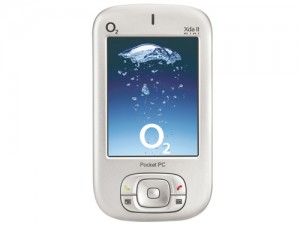
But boy, was the software a pain! I don’t know how I put up with this thing as long as I did. The stylus-type input was slow as hell – slower than on the palm – and you’d always have to close apps because otherwise the phone would crash because of a lack of memory. Oh yes, there were apps, but you had to find and download them on some shady websites and you had to install them by jumping through a loop twice and performing a pirouette after that.
I did get rid of my Palm, but with nowhere as smooth an experience. And this thing was definitely not made for calling – actually it wasn’t made for anything especially well. It just did everything – sort of. But still, I had bought it for a leg and an arm on eBay, because it was not available in Switzerland, and so I kept it for quite a while.
Back to Nokia
Back to Nokia it was after this painful experience and again my generous employer got me a fine phone: the Nokia 6280 (how did they think up all this numbers anyway, no logic whatsoever, me thinks…)! It certainly wasn’t top of the line and not a dedicated business phone. But a very nice product nonetheless. And here the internet on the phone for the first time started to make sense, at least a little bit. For example you could get the Gmail app for Nokia which was very well designed for the tiny screens of the time and still heavily leaned on Gmail’s conversation paradigm. For instance I remember constantly checking my Gmail on the road while waiting for news from the London Business School admissions team…
Mister N.
By this time, we’re now in 2007, the iPhone had been announced. And I remember the announcement like it was yesterday. The 2007 Macworld keynote was available as a live-stream and as any true Apple devotee I was watching it life. When Steve Jobs announced “a phone, an iPod, an internet communicator – a phone, an iPod, an internet communicator. Are you getting it? These are not three devices, this is one device […] and we are calling it the iPhone” I almost jumped up in front of my Mac and delivered my own private little standing ovation.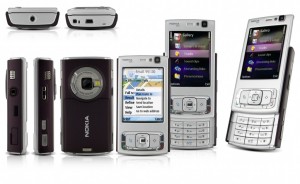
But alas, the iPhone was not going to be available in Switzerland and I was ready to give up all my savings to attend business school, e.g. my budget didn’t really allow for a device of that price. Luckily one day I filled out a little survey for getting a Nokia N95 test device with some fun things I would do, if I’d get one. Some weeks later I get an email telling me that I’d receive a Nokia N95, if I was willing to blog about my first steps with it – Social Media marketing in its early days! Sure! Getting the top of the line Nokia multimedia device for free and just having to write a bout it? Sign me up!
When Steve Jobs announced “a phone, an iPod, an internet communicator – a phone, an iPod, an internet communicator. Are you getting it? These are not three devices, this is one device […] and we are calling it the iPhone” I almost jumped up in front of my Mac and delivered my own private little standing ovation.
I have to say that the Nokia N95 was a nice device, but only in a technophile-nerdy way: A multiplication of navigation buttons compared to my Nokia 6280, a screen font that almost looked like the Chicago font from the first Mac and two different and inconsistent user interfaces, depending on whether you’d slide out the keyboard part of the phone to the right or to the left. My first days and some general thoughts about it (in German) are still up on the blog I had to write as part of the deal.
Although the camera was great and the multimedia capabilities were quite impressive for the time, I never really warmed up to my last finnish phone. It had the crappy battery life of today’s smartphones without the benefits, a clunky interface, no touch screen and generally felt worse than the decidedly lower profile Nokia 6280 I had grown to like before. So I sold it, went back to my old Nokia and in the end bought an US-iPhone by the end of 2007. And since that day I’ve never looked back.
For me Nokia has been history since the unsatisfactory N95 and my switch to the first iPhone. Now, sadly, it’ll soon be gone as a smartphone brand for everyone else, too.

